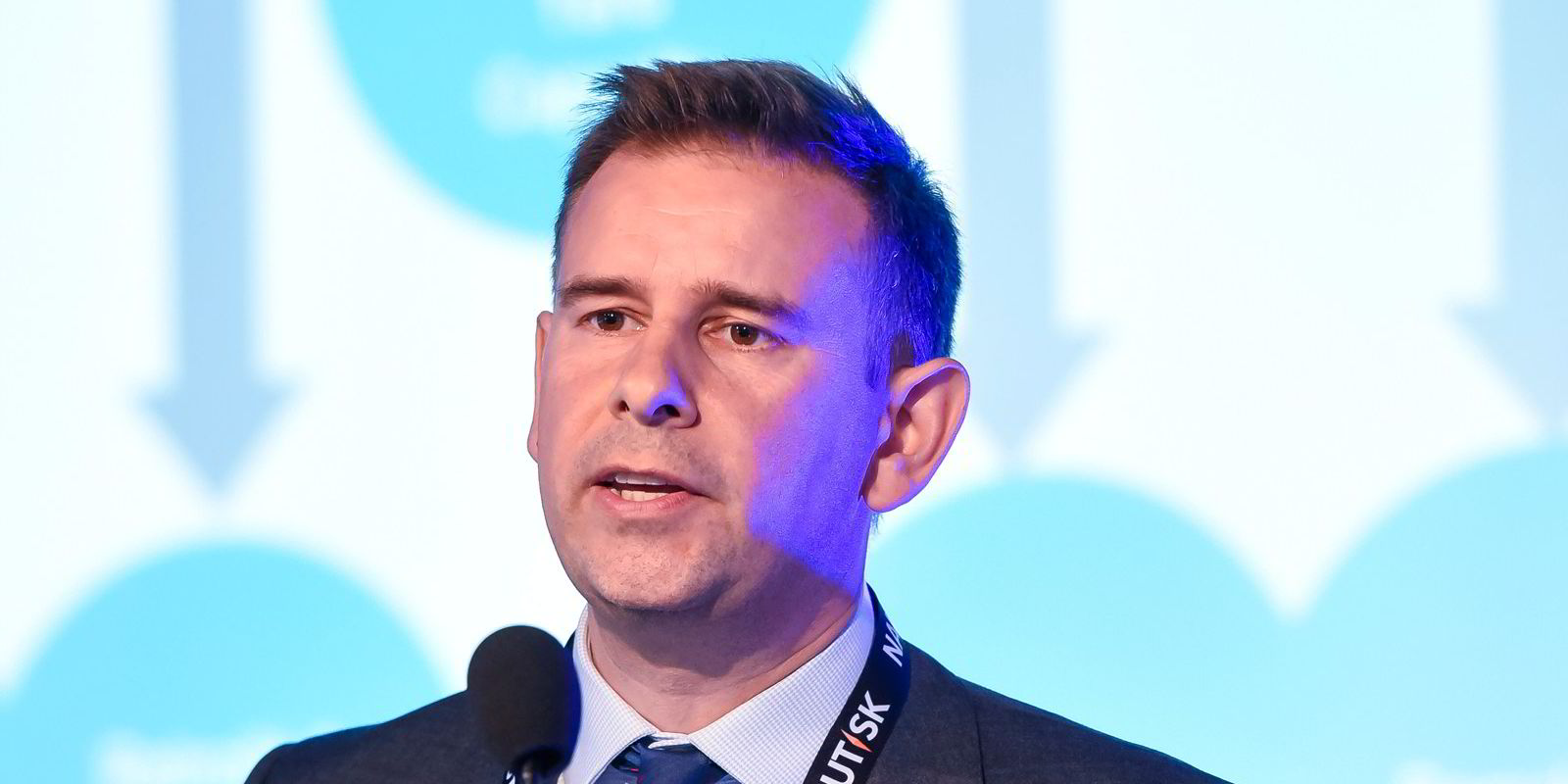Product tanker newbuilding ordering hit a 10-year high in the first half of this year, according to Clarksons Research.
In its monthly shipyard figures, the research arm of broker Clarksons said 118 vessels comprising 9m dwt were prdered in the first half of 2023.
Clarksons Research said this already represents “the highest contract volumes since 2017 in dwt terms, with 2023 on course to be the strongest year for ordering in the sector for a decade”.
The analysts highlighted that 30 LNG carriers totalling 5.4m cbm were ordered in the first half of this year, and while the pace of contracting was down on the record 184 vessels booked in 2022, they said interest in the sector “remains firm”.
The research team said this was also true for liner companies’ interest in alternative fuel-capable container ships with 63 vessels comprising 700,000 teu contracted in the first six months of 2023.
The overall pace of newbuilding orders in the first half across all sectors was described as “a fairly steady flow” with 678 ships of 44.2m dwt and 17.8m compensated gross tonnes (cgt) ordered.
But it was down 25% year-on-year in cgt terms — 7% in dwt — on an annualised basis compared to 2022.
In the first six months of this year, Chinese yards won orders for 428 vessels of 10.4m cgt equating to 59% of the total while those in South Korea netted contracts for 114 ships of 5.2m cgt or 29% of the overall.
Sentiment
“Although elevated newbuild prices, depleted slot availability at yards, uncertainty around fuelling technology and economic headwinds impacting investor sentiment continue to weigh on overall ordering appetite, firm interest in several sectors is supporting contract volumes,” Clarksons Research said.
“Shipping’s ‘fuelling transition’ remains a key focus.”
The researchers detailed that 216 alternative fuel-capable ships totalling 14.6m gt were ordered in first half, making up 45% of all tonnage contracted during the period, following orders for 590 such ships of 45.5m gt in 2022.
The research crew said the first half saw “a notable increase in interest for methanol capable ships, with 62 units of 4.3m gt ordered across the period.
But LNG fuel adoption remains slightly ahead with — excluding LNG carriers — 56 ships of 5.2m gt contracted.
“Some owners are continuing to pursue ‘fuel optionality’ by ordering ships with LNG, methanol or ammonia ‘ready’ notation,” the research team said.
Price hike
Clarksons Research flagged up the elevated prices of newbuildings with continued increases in the first half.
The brokerage’s newbuilding price index reached 171 points by end June, up 6% since the start of 2023 and 11% from January 2022.
“Pricing has been supported by firm forward cover — 3.5 years — and general inflationary pressures at yards,” the firm said.
Overall investment on newbuildings felll, with some $48.8bn spent in the first half of 2023, down 27% from the same period of 2022.
Clarksons said the global orderbook currently stands at 3,956 ships of 236.1m dwt and 114.5m cgt, which is equivalent to about 10% of the fleet in dwt terms. However, there is significant variation between sectors, with that for LNG carriers comprising around 51% of the fleet in capacity terms whereas tankers are at 5%.






